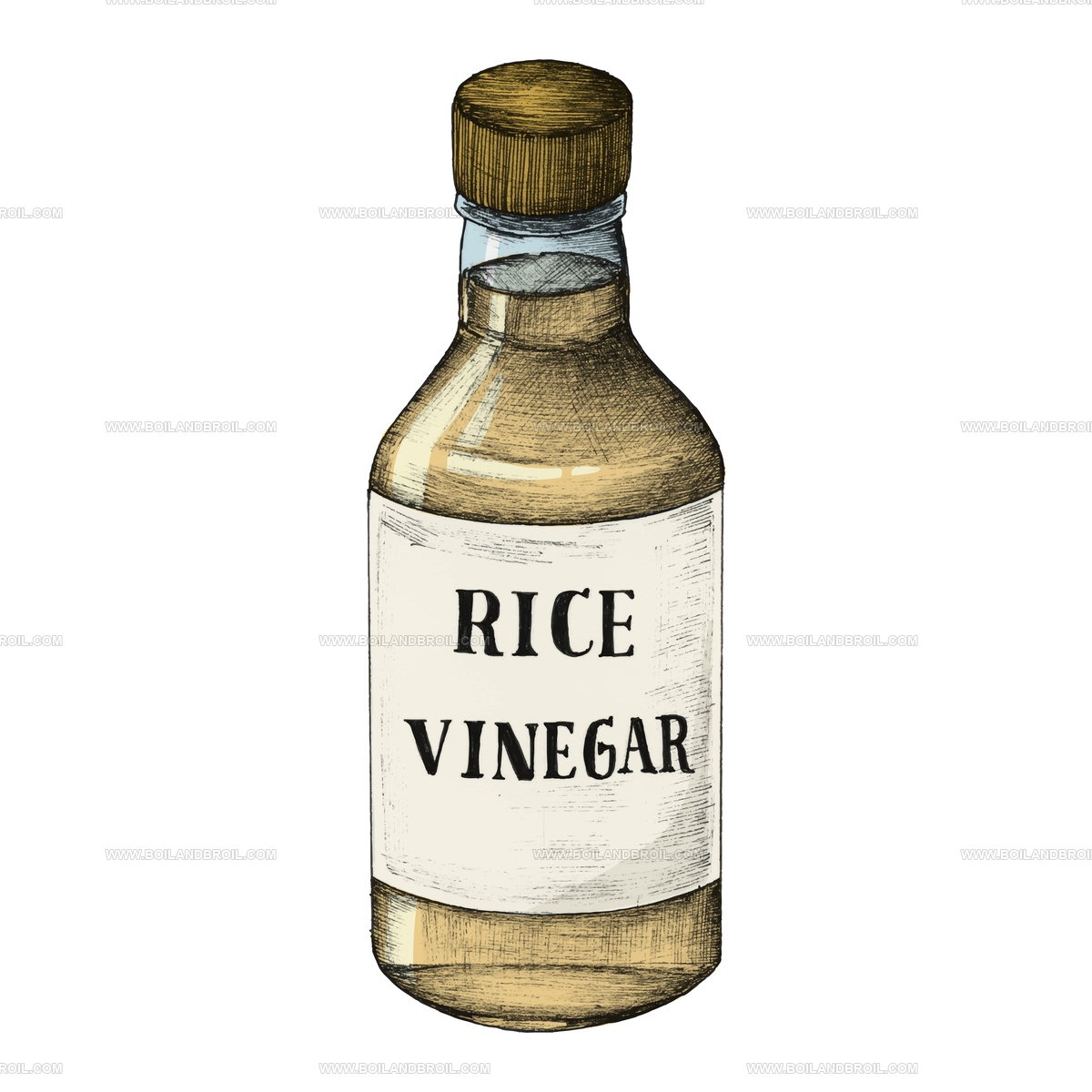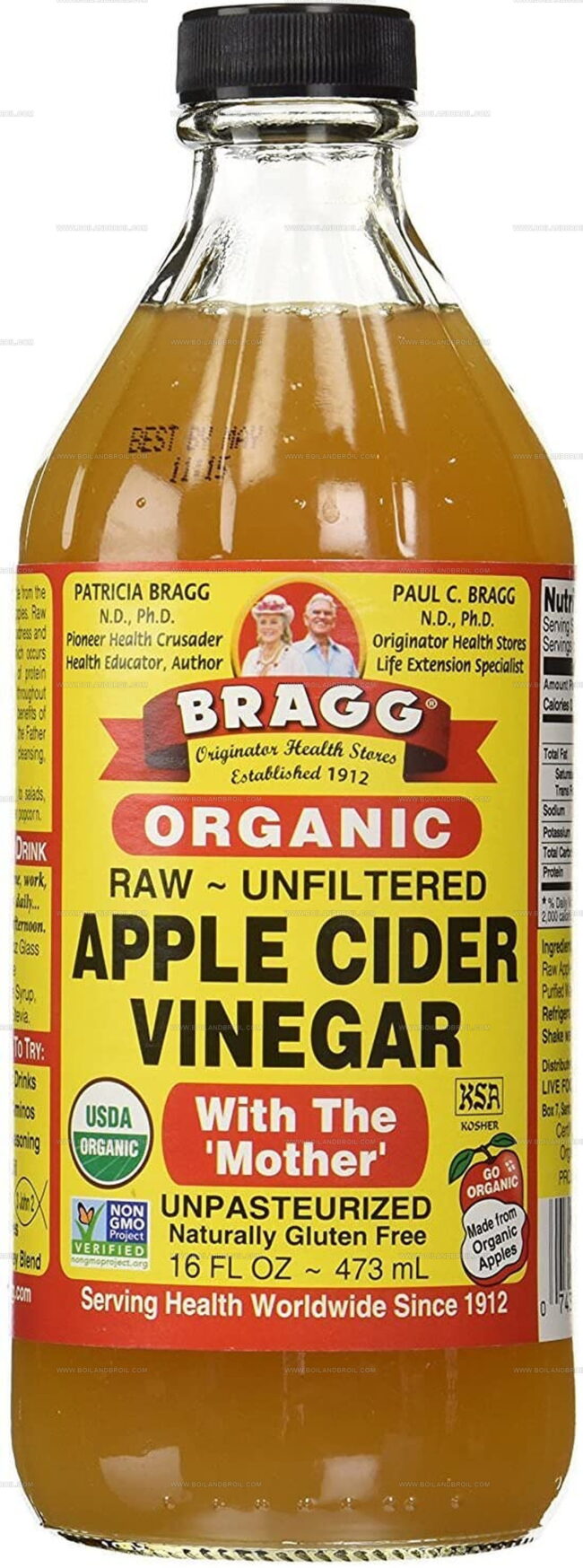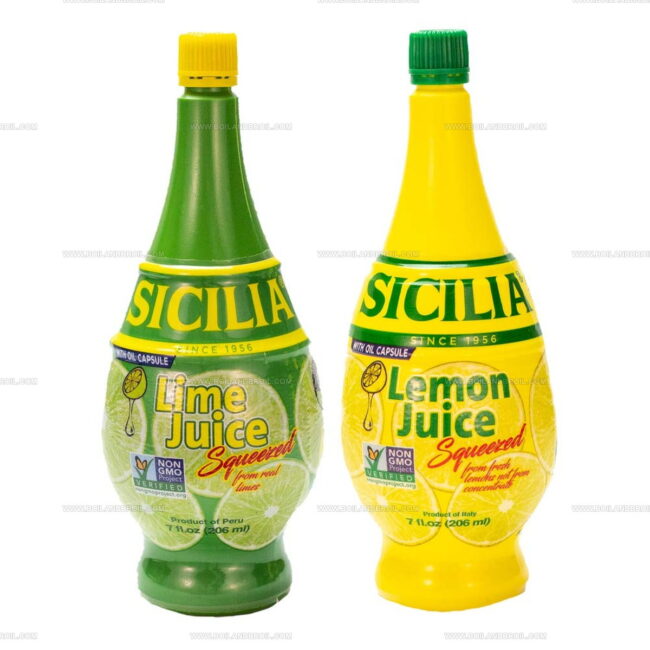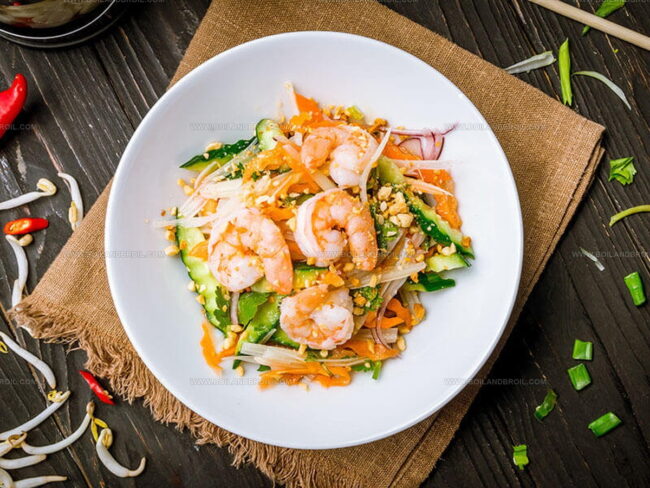4 Swapping Rice Vinegar in Your Recipes
Substitute for rice vinegar options abound in the culinary world, making it easy to continue cooking even when this pantry staple runs out.
It’s easy to panic when preparing an Asian-inspired dish only to realize the recipe calls for an ingredient not currently on hand.
The good news? Several common kitchen items can effectively replace this tangy, mildly sweet condiment without compromising flavor.
Each alternative brings its own unique characteristics to dishes, sometimes even enhancing the original recipe in unexpected ways.
Professional chefs often switch between different acidic ingredients based on regional influences or personal preference rather than necessity.
The subtle differences between these substitutes can actually help you develop a more nuanced understanding of flavor balancing in various cuisines.
Our comprehensive guide below breaks down exactly which replacement works best for specific dishes and why certain options might become your new favorite kitchen hack.
What Makes Rice Vinegar Unique?
Rice vinegar stands out for its gentle acidity, subtle sweetness, and smooth finish, making it a favorite in many Asian cuisines and beyond:
When You Should Use Rice Vinegar
Rice vinegar is the perfect choice when you want to add mild tang and a hint of sweetness without overpowering other flavors, making it especially useful in Asian-inspired dishes and delicate recipes:
Mild Rice Vinegar Alternatives
Rice vinegar replacements bring a gentle tang that keeps flavors balanced in salads, marinades, and sushi rice. Each has its own personality. Explore which one matches your cooking style best.
White Wine Vinegar
White wine vinegar brings a mild fruity flavor to dishes, making it a popular choice for salad dressings, marinades, and sauces due to its pleasant acidity.
This fermented condiment offers several health benefits, including blood glucose regulation, lipid abnormality management, and antimicrobial properties that support overall wellness.
Rice vinegar can substitute for white wine vinegar in a 1:1 ratio, though adding a quarter teaspoon of sugar per teaspoon helps match the original sweetness level.
Many chefs prefer white wine vinegar for its balanced taste profile that doesn't overpower delicate ingredients while still providing necessary acidity.
Apple Cider Vinegar
Substituting apple cider vinegar for rice vinegar offers a fantastic way to enhance your dishes with its mild acidic and apple taste.
Many chefs prefer this option in salad dressings, sauces, and marinades because the fermented apple juice creates a similar flavor profile with some unique benefits.
The antimicrobial, antifungal, and antioxidant properties make it a healthier choice that supports your gut microbiome with beneficial bacteria.
When making the swap, a simple 1:1 ratio works perfectly in most recipes, though the fruity notes might be more noticeable in pickling.
Lemon And Lime Juice
Substituting lemon or lime juice for rice vinegar works perfectly in many recipes thanks to their similar acidity levels and tangy profiles.
These citrus options add a fresh, fruity dimension that remains noticeable in the final dish, unlike some other alternatives.
The nutritional benefits are an added bonus when making this swap, with vitamin C and antioxidants present in both lemons and limes.
A straightforward 1:1 replacement ratio makes this substitution incredibly easy for home cooks to manage without complicated conversions.
Some dishes might not pair well with the distinct citrus notes, so consider your recipe carefully before making the switch.
Champagne Vinegar
Champagne vinegar, crafted from fermented Chardonnay and Pinot Noir grapes combined with Acetobacter acetic bacteria, offers a mild, delicate floral flavor that enhances dishes without overwhelming them.
This specialty vinegar works beautifully in salad dressings, marinades, dipping sauces, and particularly seafood dishes where its subtle acidity can shine.
For recipes calling for champagne vinegar, white wine vinegar makes an excellent substitute at a simple 1:1 ratio since both are fruit vinegars with similar profiles.
Health benefits come along with this refined ingredient, as it contains antioxidants and beneficial compounds found in its grape base.
How to Balance Acidity When Substituting Rice Vinegar
Balancing acidity when substituting rice vinegar is key to keeping your recipes bright, smooth, and well-rounded, since rice vinegar is milder and sweeter than most other vinegars. A few simple adjustments help you get the right tang without overpowering the dish or losing the gentle flavor rice vinegar brings:
Choose Milder Substitutes
Use apple cider vinegar, white wine vinegar, or champagne vinegar first, they have flavors and acidity closer to rice vinegar.
Dilute Stronger Vinegars
For white or red wine vinegar, mix equal parts vinegar and water to reduce acidity and mimic rice vinegar’s smoothness.
Add a Touch of Sweetness
Add a pinch of sugar or a small drizzle of honey with sharper vinegars to balance tartness and recreate rice vinegar’s subtle sweetness.
Start With Less
Add substitute gradually, tasting as you go to avoid overly sour or sharp flavors.
Adjust Other Flavors
Stronger vinegars can amplify saltiness, so reduce salt or soy sauce slightly when using bold acids.
Use Lemon or Lime Carefully
Citrus juices can substitute in a pinch but are more aromatic and less tangy; use less, and mix with water and a pinch of sugar.
Taste and Refine
Always taste after swapping vinegars; tweak sweetener, salt, or water as needed for balanced flavor.
Rice Vinegar Swap Q&A: Answers to Your Top Questions
1. Are rice vinegar substitutes suitable for sushi rice?
Apple cider vinegar with a pinch of sugar or white wine vinegar mixed with a little water can be used in sushi rice, though flavor will vary slightly.
2. Can I use regular white vinegar instead of rice vinegar?
Yes, but it’s much sharper and less sweet. Dilute with water and add a little sugar for a milder effect.
3. What’s the best substitute for rice vinegar in dressings or marinades?
White wine vinegar or champagne vinegar provide a similar light acidity for salads and marinades.
4. Are rice vinegar alternatives gluten-free?
Most pure vinegars are gluten-free, but always check labels for additives, especially with seasoned rice vinegars.
5. Will a substitute change the color of my recipe?
Most substitutes are pale and won’t affect appearance, but apple cider vinegar can add a slight golden tint.
6. Can I use lemon juice instead of rice vinegar?
Yes, lemon juice adds bright acidity but also a citrus note, use it in small amounts for balance.
7. How should I store rice vinegar substitutes?
Keep vinegars and juices tightly sealed in a cool, dark place, or refrigerate after opening for best quality.








Jack Sullivan
Founder & Culinary Storyteller
Expertise
Single-recipe development with a narrative approach, Culinary storytelling and food history, Seasonal and regional ingredient utilization, Home cooking techniques adapted for modern kitchens
Education
New England Culinary Institute (Montpelier, VT)
Certificate in Culinary Arts
Focused on farm-to-table cooking, sustainable practices, and modern plating techniques.
Asheville-Buncombe Technical Community College
Associate Degree in Culinary Arts
Emphasized Southern Appalachian cuisine and local ingredient sourcing.
Jack grew up surrounded by smoky skillets and handwritten recipes in the mountains of North Carolina. His roots in Appalachian cooking shaped the way he sees food – as something that connects people, tells a story, and holds meaning.
With hands-on training and a background in sustainable, regional cooking, Jack started Boil And Broil to make meaningful meals more accessible. He’s all about one-dish recipes that are simple to follow but rich with flavor and history.